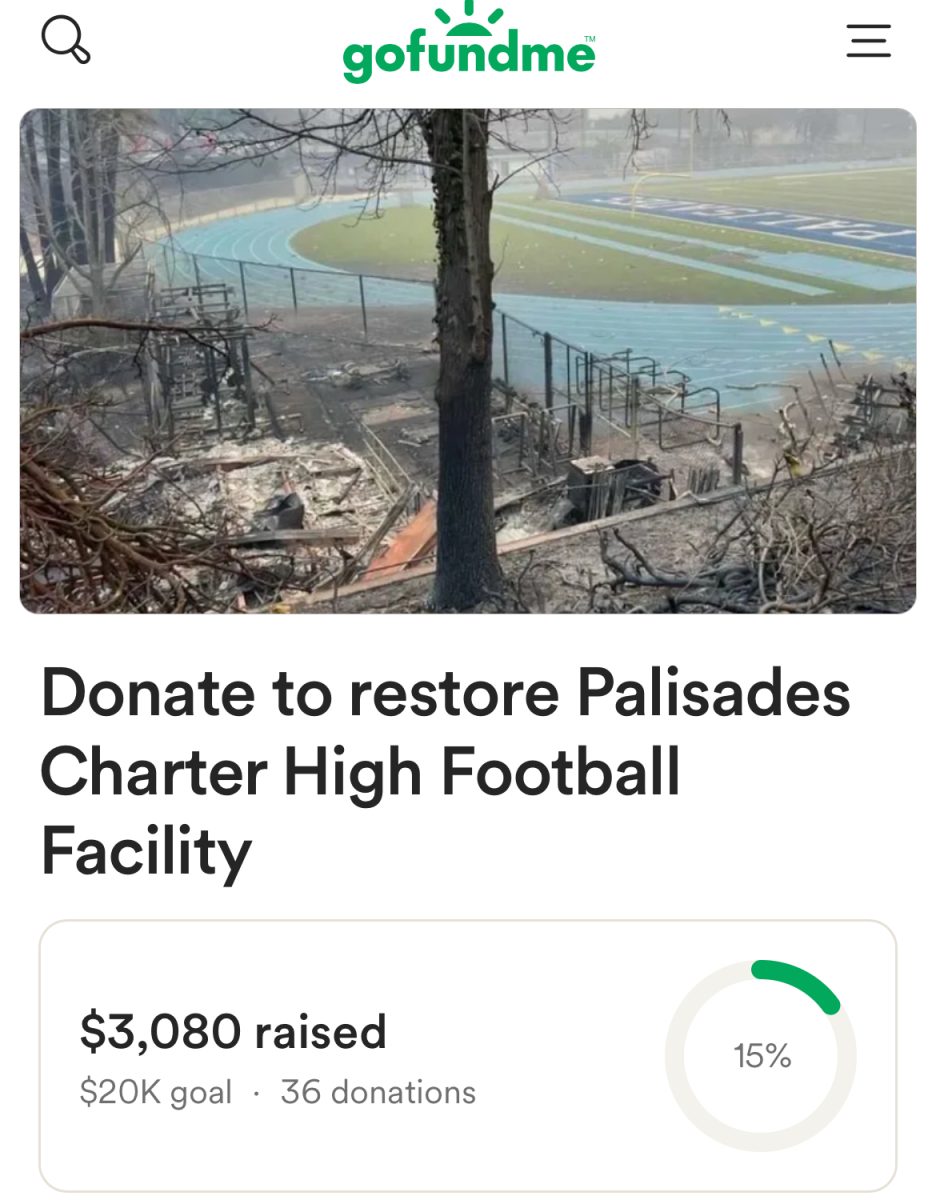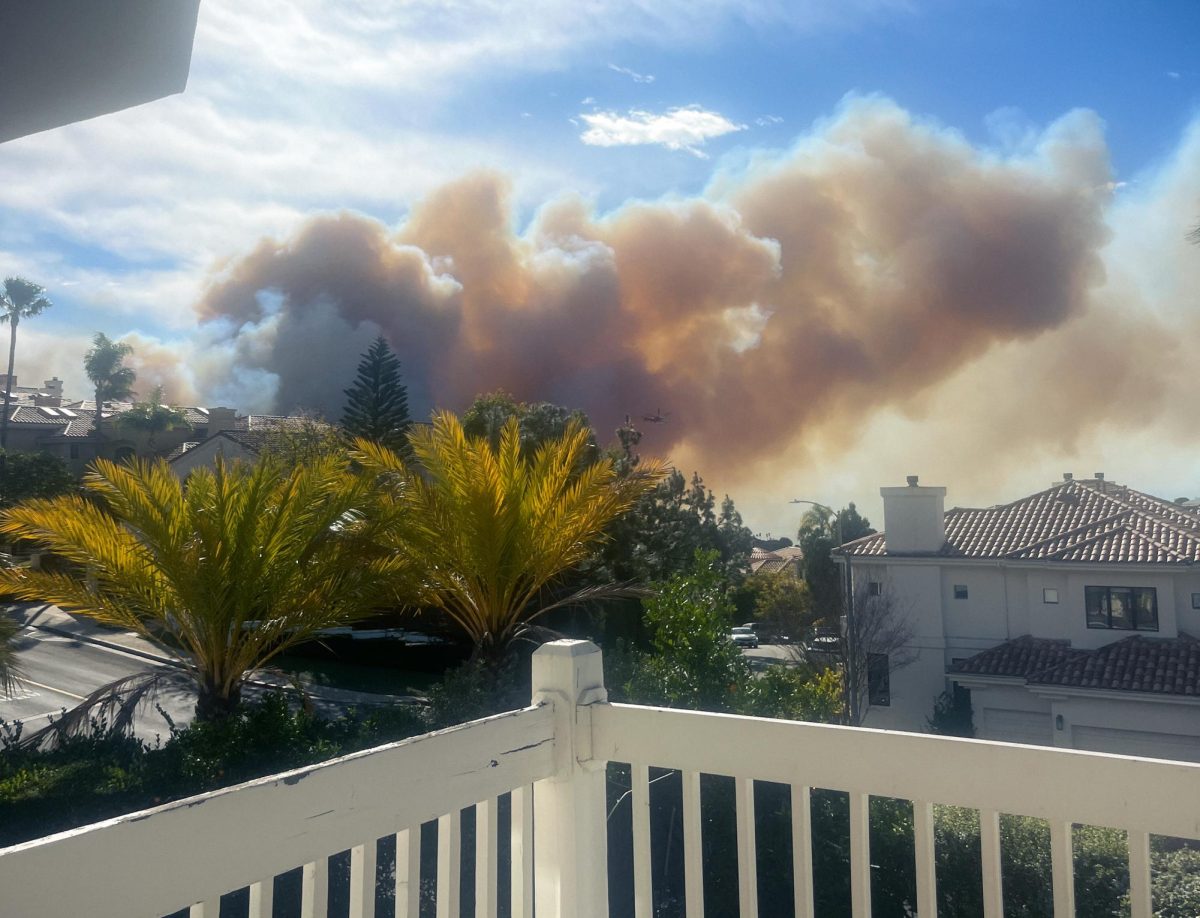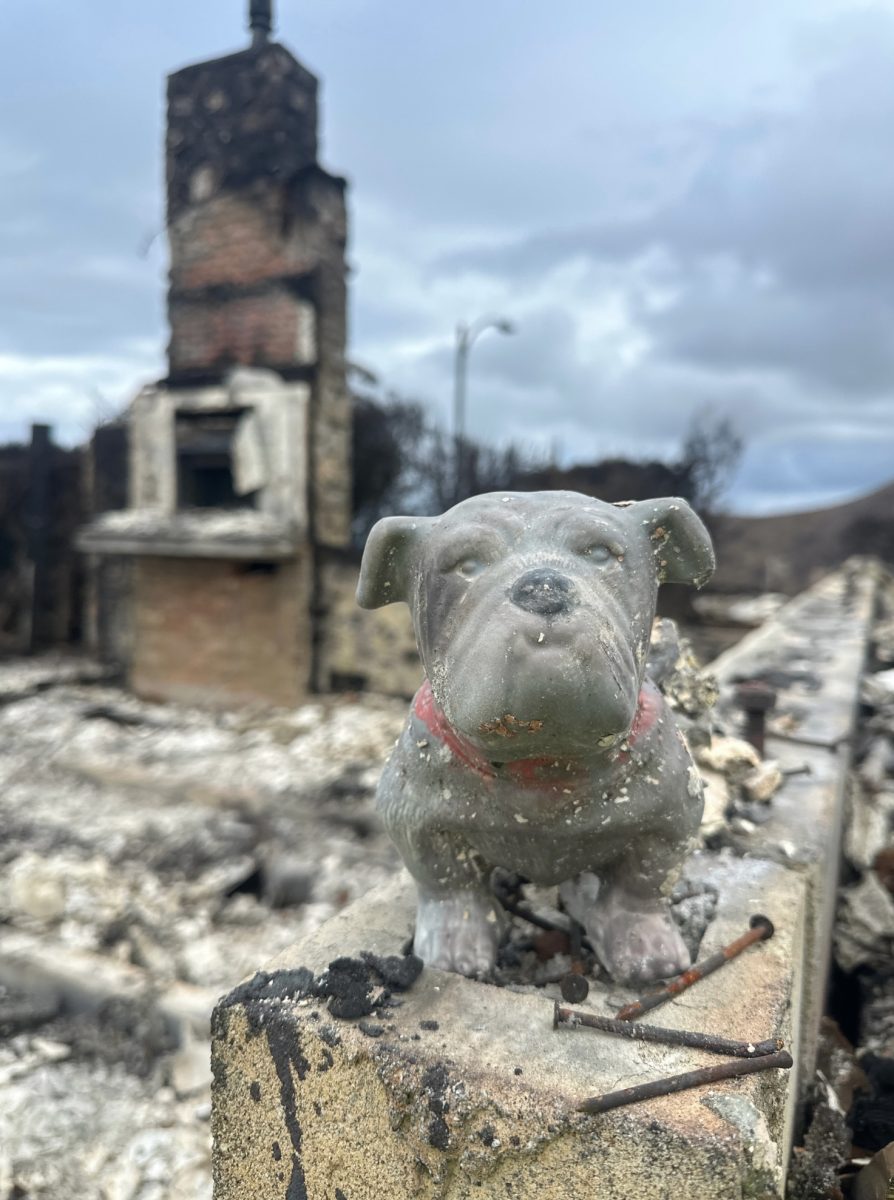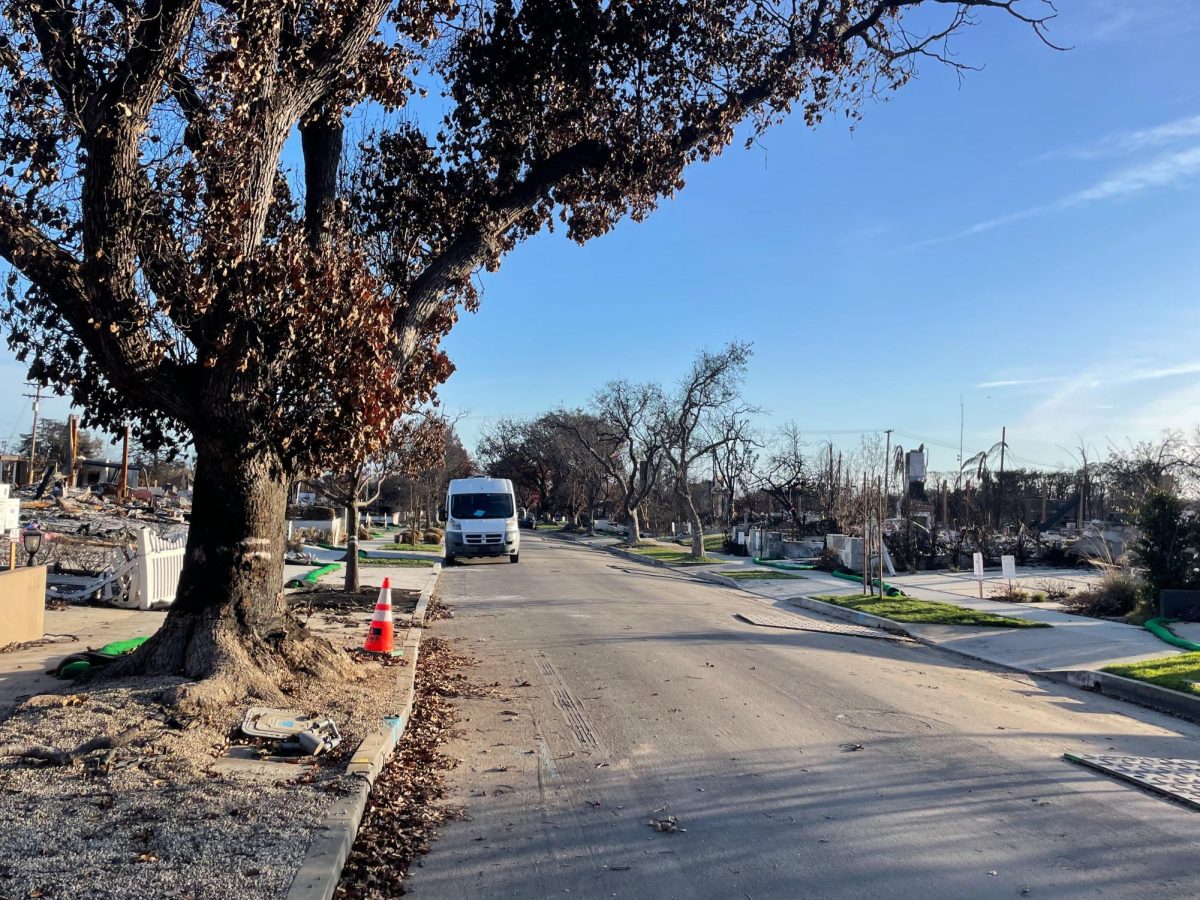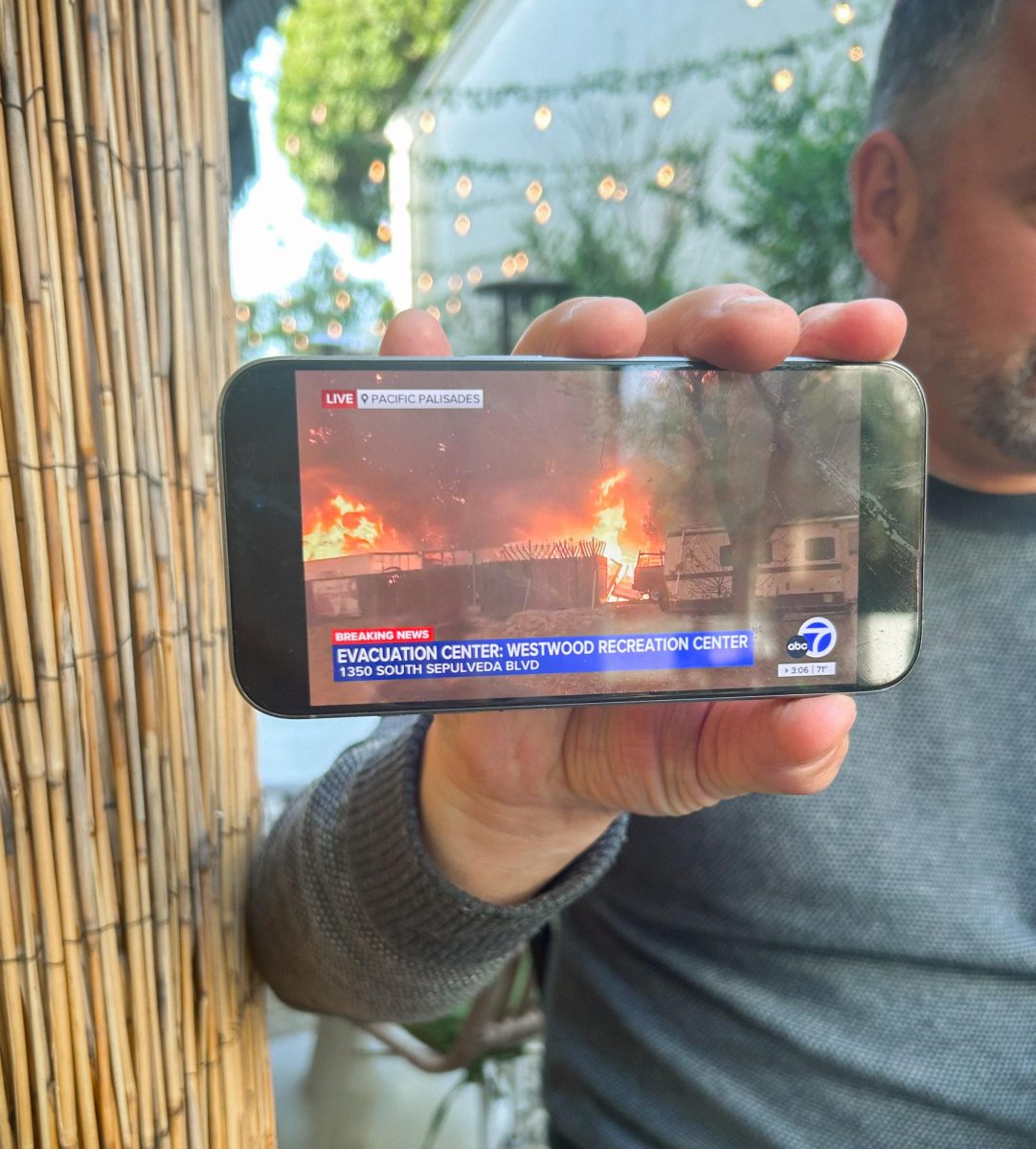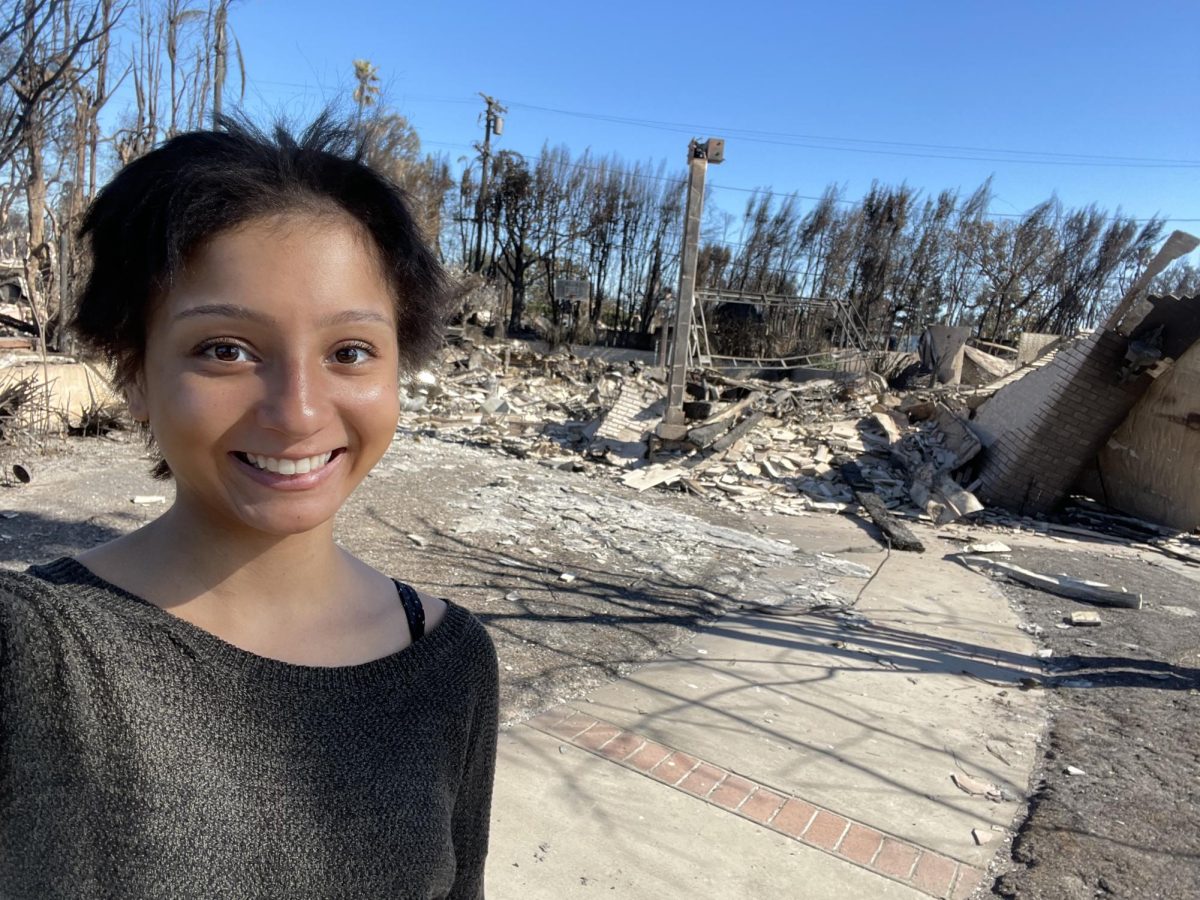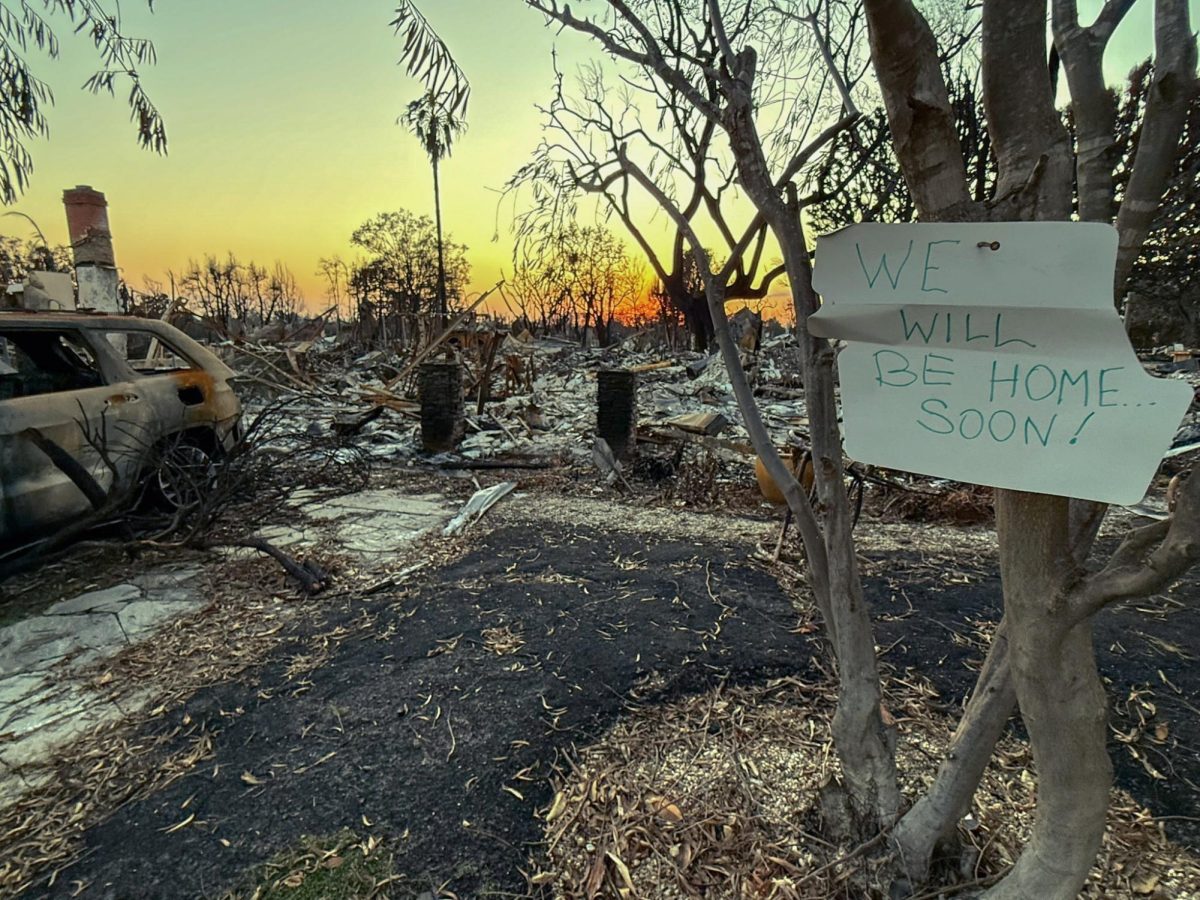How COVID-19 May Change Education Forever
A changing economy may open the door to trade schools
June 1, 2020
Peering at the screen of their online class, high school upperclassmen may be struggling to picture what lies ahead. With no end to this pandemic in sight, these students’ futures seem hazier than ever. California is one of 17 states that have closed their campuses for the rest of the school year. For students stuck in quarantine, the fear of the commonly dreaded college checklist looms among those of the infection and safety of their loved ones.
This month, teachers and students have scrambled to acclimate to the foreign world of online schooling. This change has been particularly tough for students in the Los Angeles Unified School District (LAUSD). According to the LA Times, one out of every four LAUSD students is signing in for class – a staggeringly poor showing. A large number of low-income students, some of whom are homeless, don’t have access to high-speed internet or the at-home hardware necessary to access online classes. Some have had to focus their efforts on helping their families at home, rather than their academics while others, stricken with apathy, have given up entirely.
Teachers who traditionally don’t use technology are being forced to lecture, assign and grade virtually. Concern for productivity and attendance issues have led Pali administrators to mandate that lessons will now start at 8:30 a.m. and end midday. Quarantine has also prompted the College Board to develop truncated, at-home AP exams. With this in mind, AP teachers will likely narrow their already compressed lesson plans to the even smaller scope of the new tests.
All in all, students will return next year having learned 70 percent of the expected amount in reading and 50 percent in math, according to the Northwest Evaluation Association, a non-profit research organization that assesses academic proficiency and growth. This obviously makes for a wave of woefully ill-prepared juniors and seniors.
Students will be further handicapped by the lack of typical counseling services and the inability to travel to campuses to see which colleges best fit their interests and needs. The cancellation of extracurriculars and standardized testing could leave many students without any way of sweetening a lackluster academic record.
Some high schools and colleges are tinkering with grading procedures, opting for simple pass/fail scores to help students keep their GPAs attractive to colleges in these stressed times — Pali High has just announced that an 88 percent is now the cutoff for an A. On top of this, many universities such as those in the University of California school system have already removed the requirement for SAT or ACT submissions for current juniors out of fairness to those who haven’t taken the tests yet. The obvious consequence of this is the increasing competition for the shrinking freshman college classes, allowing students whose grades or test scores wouldn’t ordinarily qualify them for admission to vie for spots on an artificially leveled playing field with students whose academic performance is above average.
With a mind-boggling 22 million unemployment applications, how will colleges financially support struggling students? Most likely, they just won’t be able to do so. Despite Congress’ stipulation that $14 million will be granted to support colleges and universities proportional to their numbers of low-income students, many colleges have stated that even this amount would be insufficient in offsetting the number of newly impoverished students needing financial help. The suspension of high school sports yields the same outcome, with student-athletes participating in sports such as baseball, lacrosse, track and field and diving missing critical chances for potential recruitments and scholarships. For colleges where a large percentage of students rely on financial aid, the shutdown of the economy could significantly affect their ability to support these students.
In this dark time, many are taking a fresh look at the economic feasibility of a four-year college. For the students left out in the cold, there seem to be a few options: take a gap year, attend community college or work full-time to support their families. As demonstrated by the fact that one in three people could not make April rent in the U.S, according to the LA Times, this widespread economic chaos may make full-time employment a necessity for a number of students.
But perhaps there is a better solution.
In the aftermath of the inevitable economic crash, it is likely there will be a profound change in the way people do business. A new economy will likely create a surge in vocational jobs that do not necessarily require extended higher education or even a college degree.
Futurist Forbes writers have already substantiated this idea in their reimagined world after quarantine. To begin, they emphasize that there will be an increased demand for jobs relating to computer science as a result of the newly reconsidered video conferencing as a mode of conducting business. Additionally, the extreme strain on the healthcare industry during the pandemic has laid bare the need for more nurses, medical technicians and medical manufacturers. Any jobs that balloon out of this need for technical expertise would be an enticing goal for many. All of this is why trade schools may spike in popularity as a plan for the future. Offering both the pay and experience, trade schools serve as a natural funnel into a wide variety of industries and provide economic incentives to redefine post-secondary education. They provide an attractive
While the American attitude has always been that a college education
notoriously nonchalant about the benefit of such non-conventional modes of education, the needs and pressures of the post-pandemic era will likely make this an attractive option for some students.
Seeing that this may be what the economy needs, industries and students could soon consider this option as a necessary step to financial recovery. Whether we like it or not, vocational schools may become the new norm for students who can’t afford name-brand colleges. These shifts in the U.S. economy will not occur overnight, and it will not be the classes of ’20 or ’21 reaping the benefits of such actions. However, this eventual diversification of the American economy and education system would permanently nudge society in a more equitable direction. If ever such a calamity were to strike again, individuals who choose trade schools would have another tool under their belts to maintain both their financial stability and their futures.


